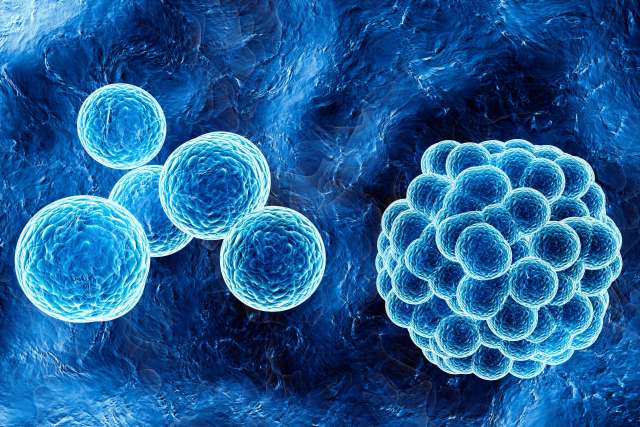
Edward De Robertis, MD, PhD
Languages
Contact Information
Scientific Interests
Dr. Edward De Robertis' research focuses on the molecular biology of vertebrate gastrulation. During early vertebrate development, coordinated movements of groups of cells lead to the formation of the three germ layers: the ectoderm, the mesoderm and the endoderm. This process is called gastrulation, and by the end of it the main regions of the embryo - head, trunk and tail - become determined. De Robertis' work is aimed at identifying the genetic mechanisms that direct the formation of the body plan in frog or mouse embryos. De Robertis studies the BMP and Wnt signaling pathways and how they are integrated in the embryo.
Highlighted Publications
Ding Y, Ploper D, Sosa EA, Colozza G, Moriyama Y, Benitez MD, Zhang K, Merkurjev D, De Robertis EM. Spemann organizer transcriptome induction by early beta-catenin, Wnt, Nodal, and Siamois signals in Xenopus laevis. Proc Natl Acad Sci U S A. 2017 Apr 11;114(15):E3081-E3090. doi: 10.1073/pnas.1700766114. Epub 2017 Mar 27.
Bier E, De Robertis EM. EMBRYO DEVELOPMENT. BMP gradients: A paradigm for morphogen-mediated developmental patterning. Science. 2015 Jun 26;348(6242):aaa5838. doi: 10.1126/science.aaa5838. Review.
Ploper D, Taelman VF, Robert L, Perez BS, Titz B, Chen HW, Graeber TG, von Euw E, Ribas A, De Robertis EM. MITF drives endolysosomal biogenesis and potentiates Wnt signaling in melanoma cells. Proc Natl Acad Sci U S A. 2015 Feb 3;112(5):E420-9. doi: 10.1073/pnas.1424576112. Epub 2015 Jan 20.
Demagny H, Araki T, De Robertis EM. The tumor suppressor Smad4/DPC4 is regulated by phosphorylations that integrate FGF, Wnt, and TGF-Beta signaling. Cell Rep. 2014 Oct 23;9(2):688-700. doi: 10.1016/j.celrep.2014.09.020. Epub 2014 Oct 16.
Taelman VF, Dobrowolski R, Plouhinec JL, Fuentealba LC, Vorwald PP, Gumper I, Sabatini DD, De Robertis EM. Wnt signaling requires sequestration of glycogen synthase kinase 3 inside multivesicular endosomes. Cell. 2010 Dec 23;143(7):1136-48.

